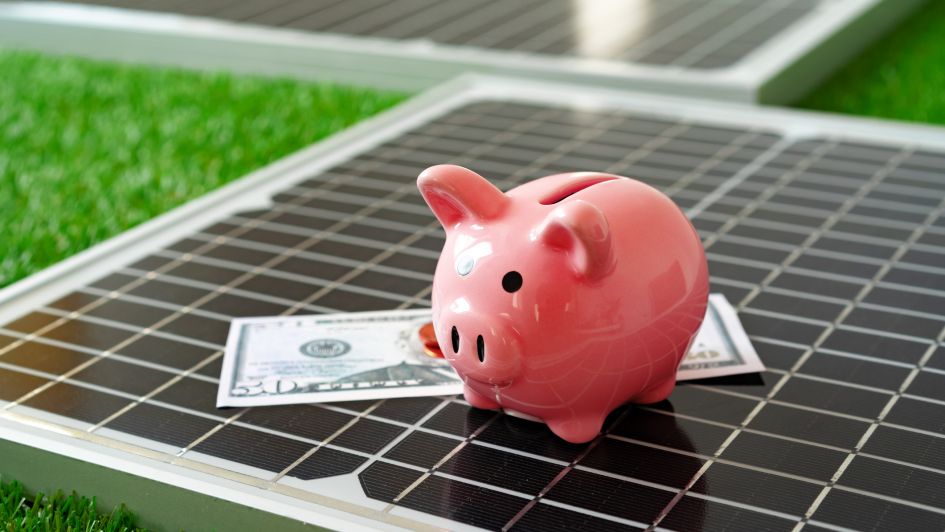A recent report by Sustainable Energy for All (SEforAll), contributed to by Power for All, paints an overly optimistic picture of financial flows into sub-Saharan Africa's solar mini-grid sector. The report relies on The Mini-grid Funders (MGF) database, which covers over 160 projects from 14 funders across 45 countries. However, it overlooks significant discrepancies in funding reports from the dominant players such as The World Bank (which holds the majority of the capital) and The African Development Bank (AfDB). These institutions control substantial funds earmarked for mini-grid development. Power for All estimates that as little as 30% of the total committed money was taken into account using the MGF data. This underreporting, especially from The World Bank, of how much capital actually reaches projects is misleading at best and a dangerous deceit at worst.
SEforAll's research methodology accounts for project duration when assessing financial commitments, amortizing recognized funding over the project's lifetime. For example, a project committing $10 million over ten years is assumed to disburse $1 million annually. Power for All believes that assuming funding is equally distributed throughout a program's duration is naive and fails to align with the sector's considerable upfront capital requirements.
World Bank President Ajay Banga recently highlighted the complexities and delays in financing, noting the inefficiency of current practices. "Currently, a World Bank project takes 27 months before a single dollar gets out the door," Banga said. He added, "it's often more than ten years before the first benefits are felt. That is a lifetime."
Power for All advocates for tighter and more consistent measurement of donor funding, as detailed in our Fact Sheet, “From Commitments to Disbursements: The Mini-Grid Sector Remains Underfunded.” Disbursements should be tracked by comparing approved and disbursed funds. It's also essential to monitor the share of projects receiving funding—currently, only 20% of existing projects and 16% of total sites in sub-Saharan Africa receive funding, mainly for capital expenditure (CAPEX). Evaluating donor money per connection, which accounts for up to 17% of total CAPEX, is a more rigorous and consistent approach to measuring donor funding that can improve project viability and highlight fiscal gaps.
Power for All's research indicates a 14% disbursement rate, significantly lower than the AfDB's 29% and dramatically below SEforAll’s 57%. Moreover, the World Bank, the largest lender, has not reported any disbursement rates. The bulk of funding, as detailed in Section 2.4 of the SEforAll report, comes from the World Bank and the AfDB. The lack of detailed disbursement reporting from these institutions has significantly skewed SEforAll’s assessment, undermining sector accountability and efficiency. The World Bank's lack of transparency misleads other funders, both public and private, suggesting an oversupply of funds in the mini-grid sector. Given the historically low disbursement rates of World Bank projects, we believe this misrepresentation jeopardizes achieving United Nations Sustainable Development Goal 7 (UN SDG 7). Power for All calls for standardized reporting criteria and key performance indicators to ensure that capital intended for mini-grid development reaches its target and effectively addresses energy access poverty and climate change impacts.
If World Bank President Ajay Banga truly believes “electricity is a human right” and “getting electricity to people is mission one, two and three,” we ask that he address the organization's lack of transparency around mini-grid funding disbursements. We urge him to support Power for All’s critical recommendation to standardize reporting criteria and key performance indicators to ensure that capital intended for mini-grid development reaches its target and effectively addresses energy access poverty and climate change impacts.
At the same energy access discussion in Washington, D.C., Akinwumi Adesina, president of the African Development Bank Group (AfDB), said, “No economy can grow in the dark. No economy can industrialize in the dark. No economy can be competitive in the dark.” Echoing this sentiment, Power for All would add that transparency is crucial, as no investment can yield maximum returns if its performance is shrouded in darkness.
Mini-grids are a crucial solution in the fight against energy poverty in sub-Saharan Africa. They offer a reliable and sustainable energy source to remote communities that are left out of traditional power infrastructures. However, the vast potential of these projects hinge on the transparency and efficiency of financial disbursements. Misleading or incomplete data about the actual flow of funds stalls progress and poses a risk, potentially undermining efforts to uplift millions out of energy poverty. Power for All has created a series of KPIs we implore the sector to follow. This transparency will allow for greater alignment and coordination as we all work toward achieving UN SDG 7.
The situation calls for a robust overhaul of the reporting and handling of funding data. By fostering greater transparency and adopting standardized metrics, stakeholders can ensure that every dollar allocated for energy development serves its purpose. Power for All believes that for the sector to achieve its considerable promise, the integrity of its financial underpinnings will be crucial in powering Africa’s sustainable energy future.
